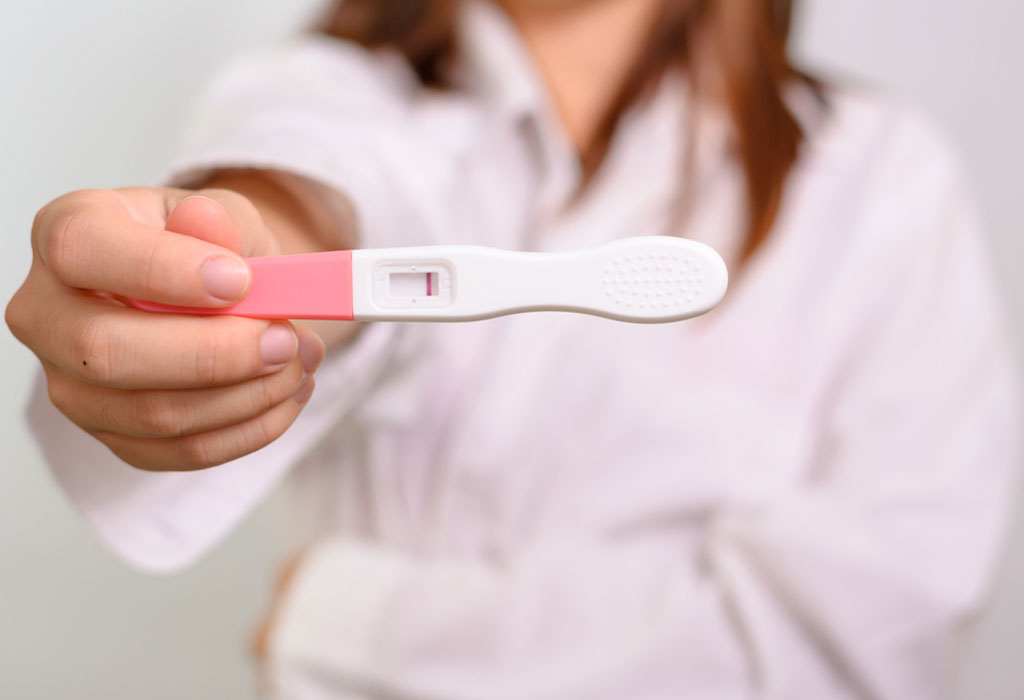Infertility is defined as the inability to conceive for at least one year. An estimated 10% to 18% of couples have trouble conceiving or giving birth to a healthy child. It can be challenging to establish the causes of female infertility. Depending on the grounds of infertility, a variety of treatments is possible. Many infertile couples were usually able to conceive a child without therapy. After two years of trying, roughly 95 per cent of couples can conceive.
Causes of Female Infertility
Several factors may be preventing you from becoming pregnant:
Damage To Your Fallopian Tubes- These structures transport eggs from your ovaries, where eggs are produced, to the uterus, where the baby grows. Scars from pelvic infections, endometriosis, and pelvic surgery can cause them to be damaged. This make it difficult for sperm to reach an egg in the tube. In the tube, the egg and sperm meet. This is where the egg gets fertilized before being sent to the uterus to be implanted.
Hormonal Imbalances– You might not conceive because your body isn’t undergoing the regular hormonal changes that can lead to the release of an egg from the ovary and the thickening of the uterine lining.
Cervical Problems- A disease that inhibits sperm from flowing through the cervical canal affects some women.
Uterine Trouble- Polyps and fibroids may be interfering with your ability to conceive. When large number of cells grow in the endometrium, the uterus lining, uterine polyps form. Fibroids develop in the uterine wall. Other uterine anomalies can also cause problems.
Read Related- Benefits Of IVF Treatment
What Are The Symptoms Of Infertility?
The most prevalent symptom of infertility is the inability to conceive. If your monthly cycle is abnormally long (35 days or more), too short (less than 21 days), irregular, or missing, you may not be ovulating. There may be no other signs that are evident to the naked eye.

What Tests Are Available To Determine Female Infertility?
- Hysterosalpingography- Ultrasound or X-rays of your reproductive organs are used in this technique. Your cervix is injected with dye or saline and air, which travel up through your fallopian tubes.
- Laparoscopy- A laparoscope is a narrow tube with a tiny camera that your doctor inserts through a small slit around your belly button. This allows them to examine for abnormal growths outside your uterus, ovaries, and fallopian tubes.
- Ovarian Reserve Testing- This test determines the quality and amount of eggs accessible for ovulation. This series of blood and imaging tests may be given to women over 35 who risk having their egg supply decreased.
- Other Hormone Tests- Other hormone tests look at ovulatory hormones, thyroid hormones, and pituitary hormones, all of which affect reproductive processes.
Treatment Options For Female Infertility
- Laparoscopy– If you’ve been diagnosed with a tubal or pelvic illness, one option is to have your reproductive systems rebuilt by surgery. A laparoscope is inserted into a cut around your belly button to remove scar tissue, treat endometriosis, unblock blocked tubes, or remove ovarian cysts, which are fluid-filled sacs that can develop in the ovaries.
- Hysteroscopy– Your doctor will insert a hysteroscope into your uterus through your cervix during this operation. It’s utilized to eliminate polyps and fibroid tumors, divide scar tissue, and unclog channels.
- Medication– If you’re having trouble ovulating, you can be administered clomiphene citrate, gonadotropins, or letrozole.
- Intrauterine Insemination– When you’re ovulating, a doctor inserts semen into your uterus after it’s been cleansed with a specific solution. It’s occasionally done while you’re on medication to assist you in releasing an egg.
- In Vitro Fertilization (IVF)– In this procedure, your doctor implants embryos that have been fertilized in a dish into your uterus. You take gonadotropins, which cause the formation of many eggs. When the eggs are ripe, your doctor retrieves them with a needle under the supervision of ultrasound. After that, the sperm is collected, washed, and mixed in with the eggs in the dish. Embryos, or fertilized eggs, are returned to your uterus a few days later.
- ICSI (Intracytoplasmic Sperm Injection)– A doctor injects sperm into an egg in a dish, which is subsequently placed in your uterus.
- GIFT and ZIFT – These methods, like IVF, entail removing an egg, mixing it with sperm in a laboratory, and then returning it to your body. In ZIFT (zygote intrafallopian transfer), your doctor injects fertilized eggs (called zygotes at this stage) into your fallopian tubes within 24 hours. Before a doctor implants the sperm and eggs in GIFT, they are mixed.
How To Prevent Female Infertility?
These tips may be helpful in women who are trying to get pregnant soon or in the future:
- Maintain a Healthy Body Mass Index – Obese and underweight women are more likely to have ovulation problems. If you want to lose weight, moderate activity is recommended. Ovulation has been connected to more than five hours of vigorous, intensive exercise per week.
- Quit Smoking– Tobacco has several adverse effects on fertility, as well as your overall health and the health of your fetus. If you want to start a family, now is the time to give up smoking.
- Avoid Alcohol– Drinking too much alcohol can cause you to lose your fertility. Furthermore, any alcohol drinking while pregnant can be harmful to the fetus’s health. If you’re planning to get pregnant, stay away from alcohol, and don’t drink while you’re pregnant.
- Reduce Stress Level – According to research, couples under psychological stress had poorer outcomes with infertility treatment.
- Caffeine Should Be Consumed In Moderation– You should limit your caffeine intake to fewer than 200 mg per day, according to research, that will not harm your ability to conceive.



